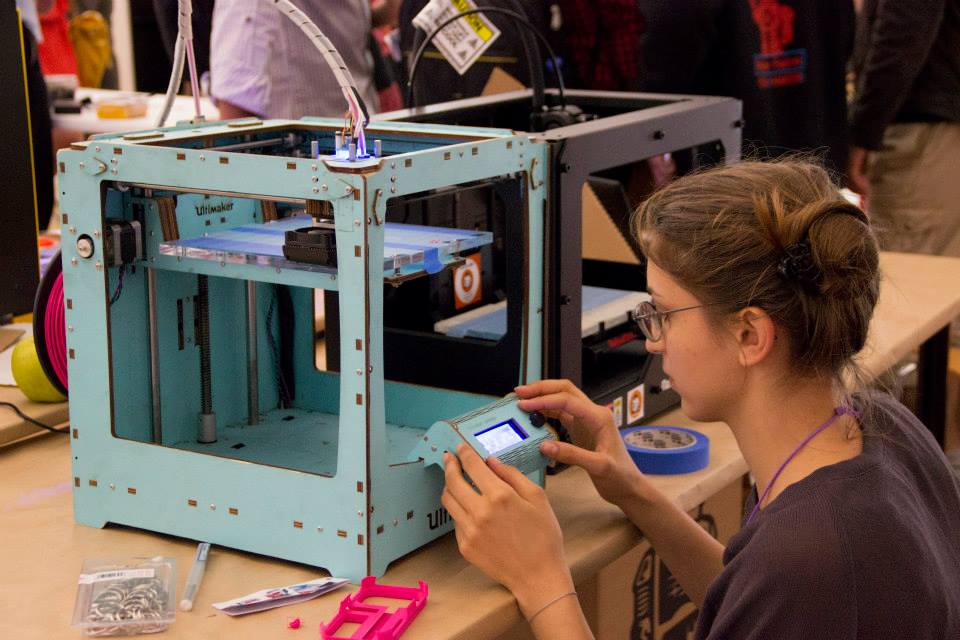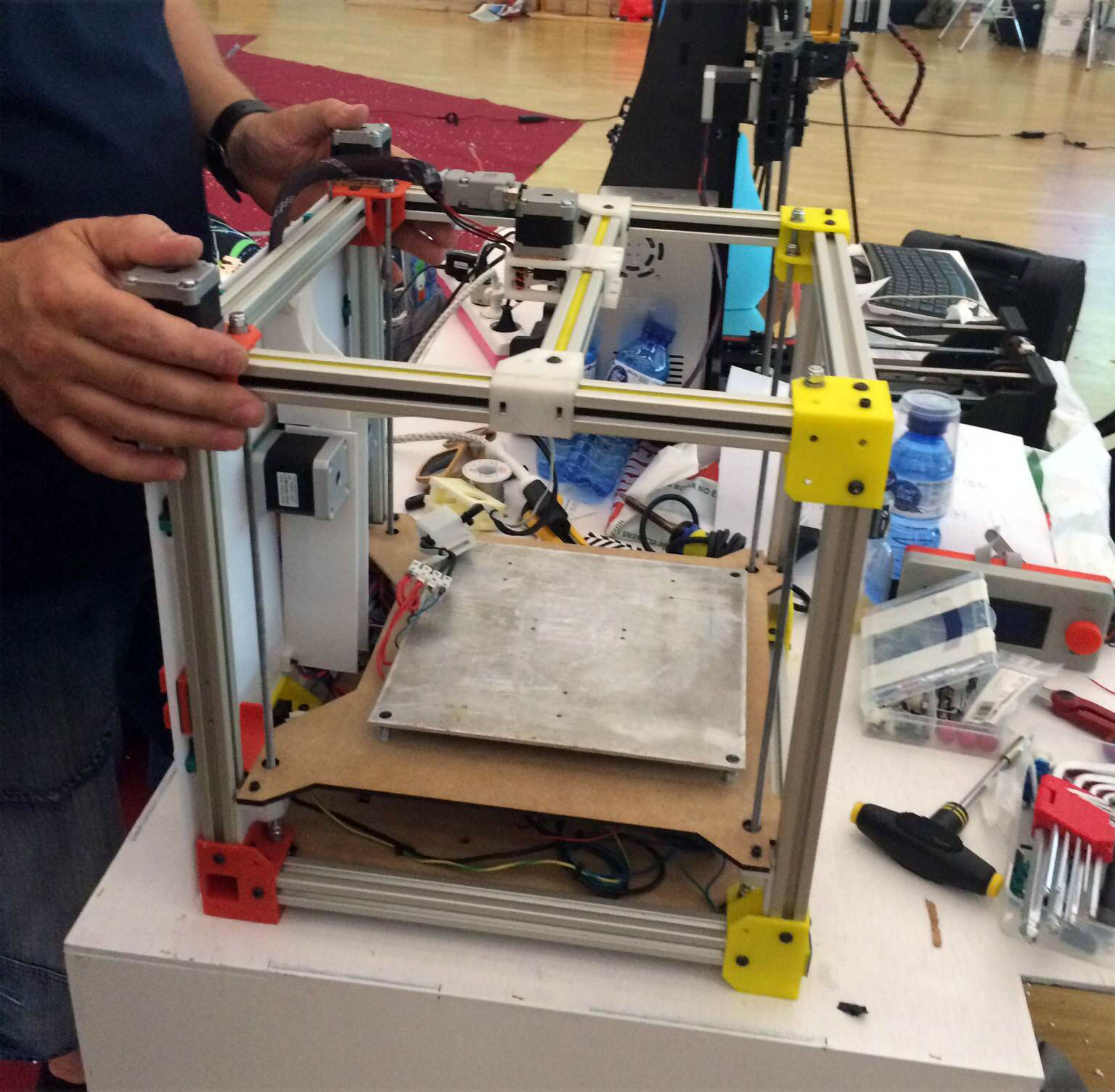When I was in Sicily last month I met with Carmen Russo as she was just opening up her Fab Lab in Catania. We immediately found we had many things in common, first and foremost our enthusiasm for 3D printing; myself from a more industrial point of view and she, as many other Fab Lab founders, for the personal fabrication possibilities it offers. So as I was travelling back to Milan and preparing to embark on a short Northern European 3D printing industry tour (there will be more on that soon), Carmen was heading to Fab10 in Barcelona and I asked her if she could share her experiences. She was happy to oblige and this is her story.
My Fab10 Experience – by Carmen Russo
Fab10, as the name suggests, is the tenth edition of the meeting, which is held every year, each in a different city that has a particular relevance to the maker community. This year that city was Barcelona.
It was the first international meeting that I attended representing Fab Lab Catania. I went with the highest expectations and some of them — to be entirely honest — were not fully met, but the experience was very positive overall.
One of the first workshops I attended was on education. Heloise, from WeFab in Brazil, showed videos of children age 8 to 10 playing with 3D printers in her lab. Their sense of wonder was so clear and complete. Their young age shone through the ideas they came up with. One girl was asked “What would you build with a 3D printer?” “A 10 story dollhouse”, was her immediate reply.
In the meantime I was thinking about the effect that participating in this lab experience would have on these children’s minds, pushing them toward the future. What amazing things will they design when they are the adults of tomorrow, just because they had this possibility today? Will these girls, that (rightfully so) want to build a huge doll house and everything inside it, decide to continue their studies in computer science and engineering? This gave me a strong sense of hope.
A girl, while attempting to explain how the machine worked said that “[The 3D printer], works and works and then someone just puts the object on the plate”. She could not yet comprehend the fact that the object was being built by the 3D printer, even though she saw it with her own eyes. Someone, an adult, had to have intervened. In a way, without ever seeing him, Santa Klaus is easier to believe than something that just materializes, little by little right, in front of our eyes. Her instinct was to think there is some trick behind it.

What a fascinating work for an educator to help young and wide open minds to comprehend these processes.
Continuing on my exploration I ran into tons of machines and cables. 3D printers were lined up everywhere, mostly MakerBots and Ultimakers. They all just kept on printing for all the workshops taking place. The morning of the first day was dedicated to presentations from Fab Labs around the world. I was particularly impressed by one in Medillin, Colombia. Not highly digitalized, to hear them, but highly productive.
The next sector I ran into was dedicated to workshops for children of all ages. They enter the DHUB facility just to try something out and they come out in awe — enthusiastic, and with their brain working at full rhythm, thinking how to transform what they have seen and learned into their personal projects.
On the fourth day I went by the workstations set up by Carlo Perez, form Fab Lab Seville, working with a group of ten kids, ages 15-16, and showing them how to go from a Rhino software model to the printed object. I asked him how he approached teaching kids since he usually teaches Rhino to adults. “Much more immediate than with adults,” he said, happily. “They are modelling a basic robot that gets sent to the nearby 3D printers. The result is excellent and in just a couple of hours these kids have learned how their ideas can become real.”
I went on to the workshops for the 8-10 year old children. They appear less orderly than the older kids but just as enthusiastic to experiment on how to capture the 3D scans of their friends to print them out in PLA. It’s easy, all you need is free software, a Kinect and a 3D printer. One child is sitting down and the other goes around him very slowly holding the sensor. They learn how to capture the images and, more importantly, fix the stl file to send it out to print.
During the following days (the show lasted from July 2nd to the 8th) I met many other people from Fab Labs all over the world. There are many Italians although I noticed that not all Italians like to “team up”. Some barely say hello but the guys form Falla3D, a Rome based start-up, were very friendly. Their idea of a 3D printer is already in the 2.0 version and it consists of a “magnetic levitation” machine, scalable and with many easily interchangeable extruders.
On the stand next to them I met with W.Afate, from Togo and what struck me, beyond their worthy project, is that with the benefits that are included with Fab Lab access, along with Wi-Fi and other tools, there is a logo indicating drinking water. In this case the thirst for knowledge is quenched alongside real thirst. In many western countries a 3D printer can help invent something new. In some parts of the African and South American continents, they can change lives significantly, by solving practical problems and stimulating the young minds of the new generations to build their future.




